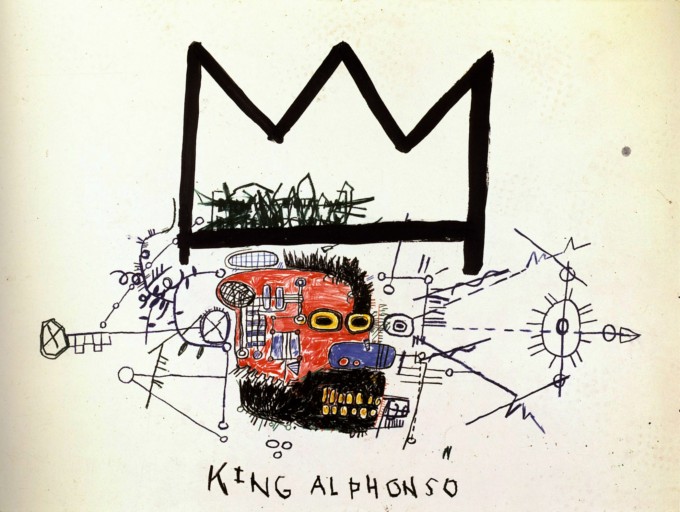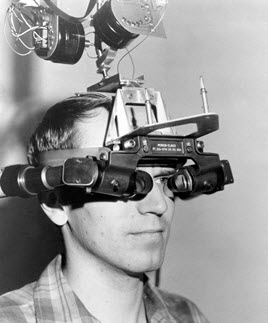
We continue to be dazzled by eye catching virtual reality (VR) and augmented reality (AR) technologies such as Facebook Oculus, HTC Vive and Microsoft HoloLens. And we conveniently forget that these viewers are essentially just that — viewing contraptions; they have no intrinsic value without the appropriate content. They come to life, if you pardon the choice of idiom, only when they have content to display, virtual worlds to visit, business value to deliver. Think of the role of virtual reality content in Inception, in which Ariadne, an architect, is brought in to design three dream “layers” with paradoxically intertwined architectures and maze-like layouts. This design does not simply provide the visual backdrop—it becomes the plot.
(If you need a refresher on AR/VR display technologies, now may be a good time to pause reading this article and visit “A Gaggles of Goggles” in an excellent article on AR in Wired Magazine.)


